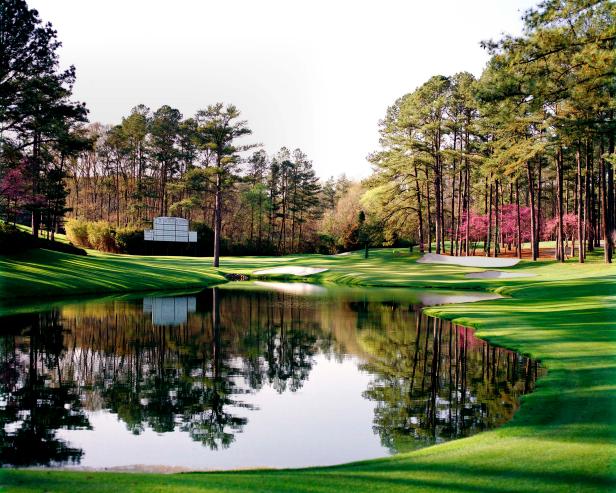Augusta National Golf Club is known for its continuous improvements throughout its history since the inaugural Masters in March 1934. These changes have been aimed at keeping the course relevant for the contemporary professional game while preserving its historical design concepts. Despite all these alterations, Augusta National has consistently ranked among the top golf courses in the US, slipping outside the top 10 only once since 1966 and usually placing in the top three since 1985.
The course has undergone significant alterations over the decades, starting with changes made in the 1930s and 1940s due to turf conditions and competition perspective. The 1950s to 1970s saw Augusta National maturing into the grounds we recognize today, with a stable length of about 6,950 yards. The 1980s and 1990s marked the conversion of greens to bentgrass, enhancing the overall aesthetics and playability of the course.
By the early 2000s, concerns about increasing driving distances led to more defensive modifications at Augusta National. The club added significant yardage to the course and placed a greater emphasis on accuracy off the tee by narrowing fairways and adding rough. This marked a departure from the original design philosophy of the course, but it was a necessary response to the evolution of golf equipment and player capabilities.
In the 2020s, Augusta National continues to add yardage to the course, making it challenging for all but the longest hitters to compete. The club now has greater control over round-to-round scoring through hole locations and green firmness, creating a challenging environment for players. However, the length of the course has made it unlikely for crafty feel players to contend, shifting the focus from strategy to power on many holes.
In assessing the ‘Greatest’ Augusta National, the debate revolves around which era of the course should be enshrined in the Hall of Fame. While each decade had its unique characteristics and challenges, the period from 1995 to 1998 emerges as an ideal version of Augusta National. This era balanced physical and tactical skills, rewarding bravery, guile, and experience as much as power, making it a challenging yet fair course for a diverse range of players.
Overall, Augusta National’s evolution reflects the changing landscape of golf and the club’s commitment to maintaining the course’s integrity while adapting to modern challenges. As the debate continues over which version of Augusta National is the ‘Greatest,’ the rich history and legacy of the course remain a testament to its enduring appeal and significance in the world of golf.


